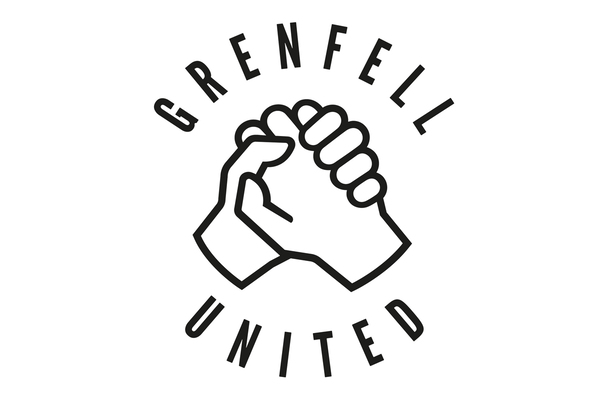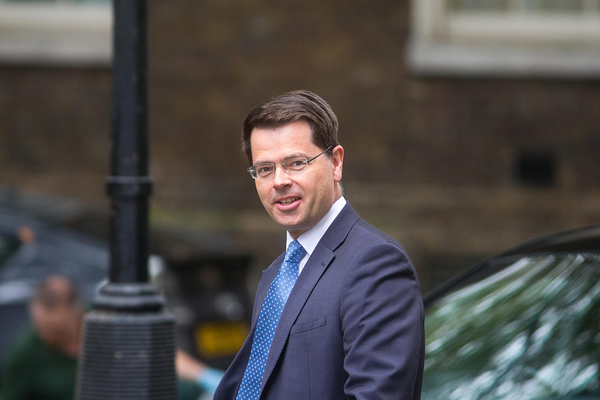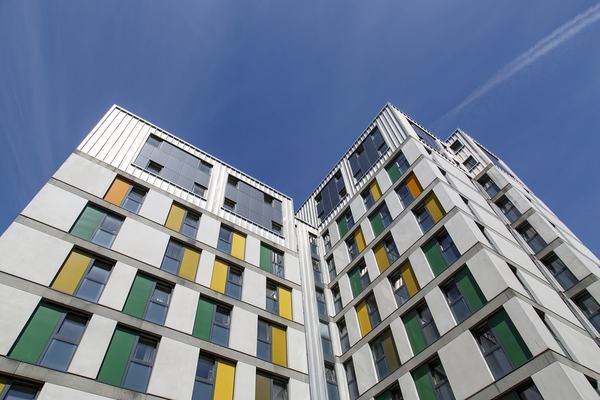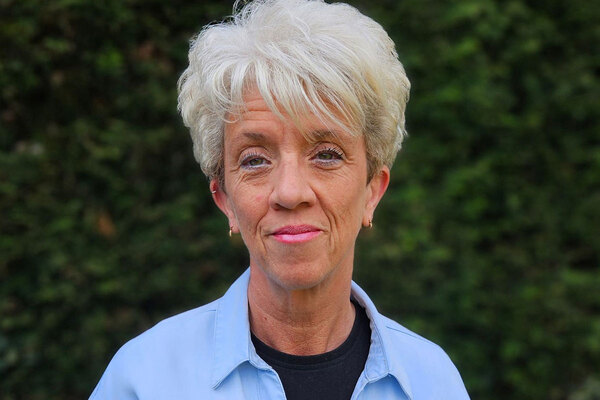The ban on combustibles is welcome, but what comes next matters
Banning combustible materials on new buildings is a good first step, but the government must go further, says Ahmed Elgwahry, who lost his mother and sister in the Grenfell Tower fire
In the last 15 months I have learnt all I can about fire safety and building regulations. It’s not something I ever thought I would be doing. After the fire, I needed to understand what happened to my mother and sister, neighbours who we lost and friends who survived that traumatic night.
What I discovered was a system which puts profit before people and permits the use of dangerous materials across the country.
Grenfell United became determined that one of the positive legacies from our tragedy would be safe homes for everyone.
On Monday we took a big step forward when the government banned combustible materials on new high rises, but there is still more to do.
This ban is the biggest recognition we’ve had from the government that they understand the construction and fire safety industry needs serious reform and new regulation.
We cannot continue to allow an industry that has shown itself to put people’s safety secondary to profits to carry on regulating itself.
But this ban must be the start of the conversation, not the end.
On its own, and without more, it falls well short of the root-and-branch change needed in the way fire risk assessors, designers and contractors approach fire safety.
If we stop here, the hard work of the last 15 months will go to waste. We now, as we made clear in our submission to the government, need to make sure:
- There are no loopholes: any exemptions to the ban, for example any sealants, or seals around screws etc, must be tightly controlled. If we don’t get this right, the ban could be undermined and companies could try to bring dangerous materials back into use.
- There is a new testing regime: we have no confidence in the current testing system, considering how badly it failed us. We understand that by banning everything below A2, the large-scale test BS 8414 will no longer exist, which we welcome. The question remains however as to how exemptions will be tested. A new testing system must reflect real life conditions and not be based on assumptions. It must be highly robust, rigorous, safe, transparent and independently regulated.
- Toxicity is considered: as we understand more about what happened to our loved ones, we are learning just how toxic the fumes produced when these materials burn are. We believe toxicity of materials should be taken into consideration when determining whether materials are suitable.
- Sprinklers are fitted: we believe sprinklers should be retrofitted into high rises, especially those that have been refurbished in ways which changed the original design like Grenfell. The experience of high-rise fires similar to Grenfell such as the Lacrosse building in Melbourne demonstrates that sprinkler systems help give people more time to escape safely.
- The Hackitt Review is implemented: this ban must go hand-in-hand with a systemic change in building regulations and a change in culture among the whole industry. Dame Judith Hackitt’s report commissioned after Grenfell contains vital recommendations, including better training and regulation. Her recommendations must be implemented in full.
We also asked for all hospitals, schools and care homes to be included in the ban regardless of height. When the details were announced this was recognised in part, with high-rise hospitals, schools and care homes included but not low rises.
We hope there will be ongoing consideration to extending the ban to other buildings as we learn during the Grenfell Inquiry more about the risks of these materials and the ability of our fire services to respond.
“It would be a really remarkable, meaningful gesture if companies that created, sold and fitted the materials in Grenfell helped fund their removal.”
We now need to get these dangerous materials off high-rise homes and replaced safely. On Monday night, after James Brokenshire had given his announcement, families still went to bed in unsafe blocks. It would be a really remarkable, meaningful gesture if companies that created, sold and fitted the materials in Grenfell helped fund their removal.
Given, however, that they’ve chosen to remain virtually silent in the public inquiry so far, we don’t hold out hope of a humane gesture now.
Instead the bereaved families and survivors of Grenfell will continue to campaign, and hold the government to its promise to do everything possible to remove unsafe, highly flammable combustible materials.
Our battle for safe homes stands alongside our fight for truth, justice and change so that no community is ever treated in the way our community was treated.
We know there is a lot of work to do to make sure Grenfell is remembered, not just for the tragedy but for the changes which followed it – many of which are yet to come.
For as long as there are still families going to bed in unsafe homes, there remains urgent work to do.
Ahmed Elgwahry lost his mother and sister in the Grenfell Tower fire
Never Again campaign
In the days following the Grenfell Tower fire on 14 June 2017, Inside Housing launched the Never Again campaign to call for immediate action to implement the learning from the Lakanal House fire, and a commitment to act – without delay – on learning from the Grenfell Tower tragedy as it becomes available.
One year on, we have extended the campaign asks in the light of information that has emerged since.
Here are our updated asks:
GOVERNMENT
- Act on the recommendations from Dame Judith Hackitt’s review of building regulations to tower blocks of 18m and higher. Commit to producing a timetable for implementation by autumn 2018, setting out how recommendations that don’t require legislative change can be taken forward without delay
- Follow through on commitments to fully ban combustible materials on high-rise buildings
- Unequivocally ban desktop studies
- Review recommendations and advice given to ministers after the Lakanal House fire and implement necessary changes
- Publish details of all tower blocks with dangerous cladding, insulation and/or external panels and commit to a timeline for remedial works. Provide necessary guidance to landlords to ensure that removal work can begin on all affected private and social residential blocks by the end of 2018. Complete quarterly follow-up checks to ensure that remedial work is completed to the required standard. Checks should not cease until all work is completed.
- Stand by the prime minister’s commitment to fully fund the removal of dangerous cladding
- Fund the retrofitting of sprinkler systems in all tower blocks across the UK (except where there are specific structural reasons not to do so)
- Explore options for requiring remedial works on affected private sector residential tower blocks
LOCAL GOVERNMENT
- Take immediate action to identify privately owned residential tower blocks so that cladding and external panels can be checked
LANDLORDS
- Publish details of the combinations of insulations and cladding materials for all high rise blocks
- Commit to ensuring that removal work begins on all blocks with dangerous materials by the end of 2018 upon receipt of guidance from government
- Publish current fire risk assessments for all high rise blocks (the Information Commissioner has required councils to publish and recommended that housing associations should do the same). Work with peers to share learning from assessments and improve and clarify the risk assessment model.
- Commit to renewing assessments annually and after major repair or cladding work is carried out. Ensure assessments consider the external features of blocks. Always use an appropriate, qualified expert to conduct assessments.
- Review and update evacuation policies and ‘stay put’ advice in the light of risk assessments, and communicate clearly to residents
- Adopt Dame Judith Hackitt’s recommended approach for listening to and addressing tenants’ concerns, with immediate effect
CURRENT SIGNATORIES:
- Chartered Institute of Housing
- G15
- National Federation of ALMOs
- National Housing Federation
- Placeshapers













